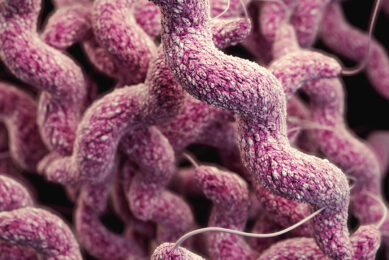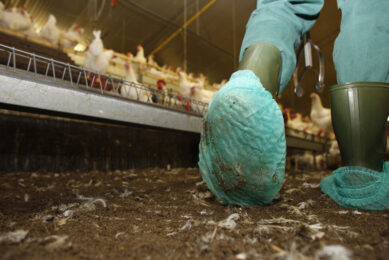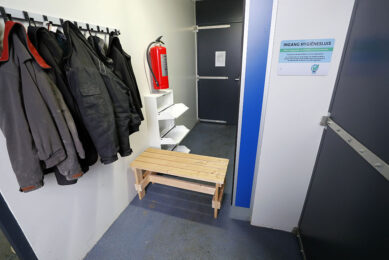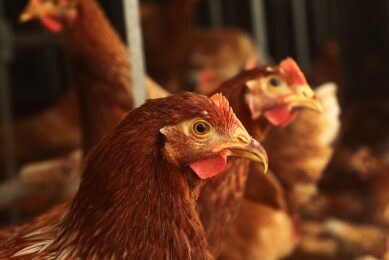High-intensity pulsed light cuts Campylobacter on poultry
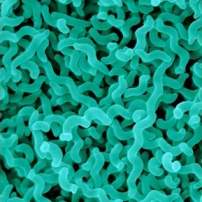
High intensity pulsed light (HILP) technology is effective in decontaminating the surface of both meat and food contact materials in packaged chicken, new research has claimed.
A team from University College Dublin (UCD) found that HILP was able to significantly reduce counts of foodborne bacteria such as Campylobacter, Salmonella Enteritidis and E.coli on both chicken and commonly used packaging.
The technology uses broad spectrum releases high-intensity light in intermittent short pulses to reduce or eliminate pathogens.
The study – Efficacy of High Pulsed Light for Microbial Decontamination of Chicken, Associated Packaging and Contact Surfaces – said exposing both packing and the meat to HILP at 3Hz and a maximum of 505J/pulse resulted in a reduction in the microbial count.
The UCD scientists said risk assessment studies had shown that the most effective way to tackle Campylobacter was to aim at reducing concentration of the bacteria rather than cutting their prevalence on poultry carcasses and products.
HILP is effective as a surface decontaminant on chicken and packaging, said the research. Short treatment times can be used as there was little difference between microbial decontamination after 2 and 30 seconds. Using shorter times has the advantage of not affecting product quality.
The method has the potential to be used to reduce Campylobacter levels on external packaging surfaces and raw poultry, said the scientists.




